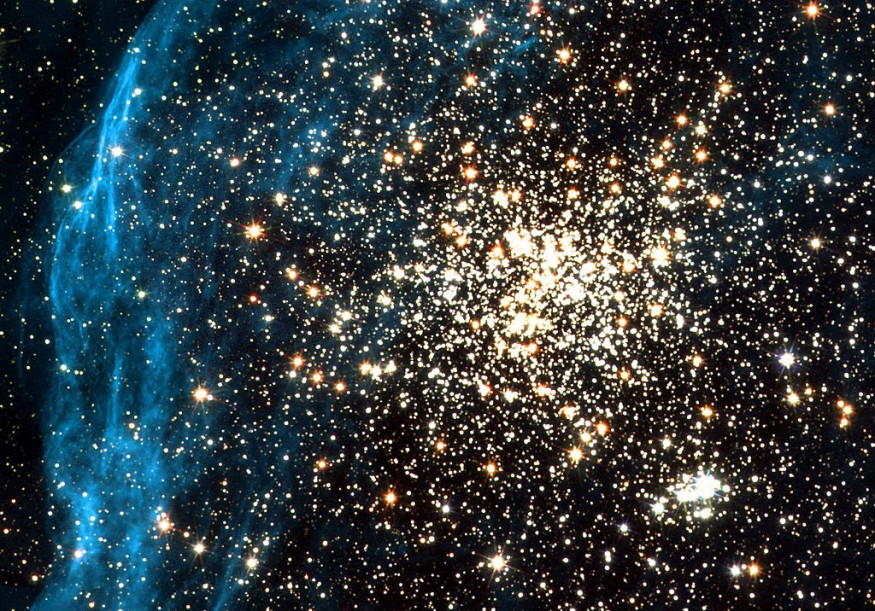MIT astronomers have identified previously unknown galaxy clusters that were overlooked in past studies. Their findings published in the Astrophysical Journal show that about one percent of these clusters appear atypical and mistaken as part of a single bright galaxy.
These galaxy clusters comprise up to thousands of galaxies and are bound together by gravity. MIT astronomers emphasize that these galaxies pass through a sea of hot gas, called an intercluster medium, and emit X-ray radiation visible using space telescopes.
This radiation produces a "fuzzy halo" surrounding the galaxy clusters that would make them easier to pinpoint than an object with just one source of X-rays, such as a quasar or a star.
Misidentified Galaxy Clusters
Not all clusters, however, follow this principle, previous MIT research revealed. MIT Associate Professor Michael McDonald discovered a cluster, called the Phoenix cluster, in 2012 that had a black hole giving off X-rays that are bright enough to outshine radiation from the intercluster medium. As such, it appeared like a single X-ray source and misidentified for years.

With such a possibility at hand, the Clusters Hiding in Plain Sight (CHIPS) survey was initiated. In six years, CHIPS discovered three new galaxy clusters, including one, CHIPS1911+4455, which is strikingly similar to the Phoenix cluster. This discovery is considered notable because only a few Phoenix-like clusters were known previously.
The CHIPS1911+4455 cluster will undergo further studies, as the survey showed that older X-ray telescopes had overlooked about one percent of galaxy clusters because they were atypical.
McDonald is hoping that the survey findings will help other astronomers, such as those involved in the eROSITA X-ray instrument, better discern a more accurate and effective way to search for galaxy clusters.
The Need for Better Awareness on Cluster Searches
People doing cluster searches using the new X-ray telescope, McDonald said, need to have a better awareness of their work. Missing just one percent of the galaxy clusters, he added, would lead to limits to having limits in understanding the universe.
Researcher Taweewat Somboonpanyakul focused his doctorate degree on the CHIPS survey, using data collected from ground-based telescopes in New Mexico and Hawaii, together with Magellan telescopes in Chile to capture the new images of what could be a galaxy cluster. When a promising bet for a new galaxy is seen, the space-based Chandra X-ray Observatory and Hubble Space Telescope are used.
Check out more news and information about Space on Science Times










